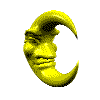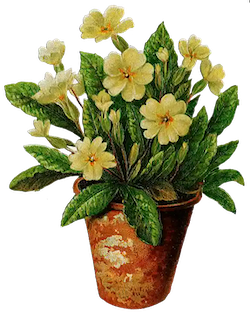


 |
Welcome, Guest. Please login or register. - Thinking of joining the forum?? October 26, 2025 - @926.85 (what is this?) |
||
Activity rating:  Posts & Arts: 35/1k.beats ~ Boop! The forum will close in 74.beats! Posts & Arts: 35/1k.beats ~ Boop! The forum will close in 74.beats! |
Unread Topics | Unread Replies | My Stuff | Random Topic | Recent Posts |


|
|
News:  Are u having fun?? Are u having fun??  |
Guild Events: There are no events! | ||
| |||||||||||
| Melonking.Net © Always and ever was! | SMF 2.0.19 | SMF © 2021 | Privacy Notice | ~ Send Feedback ~ | Forum Guide | Rules | RSS | WAP | Mobile |










 Author
Author












